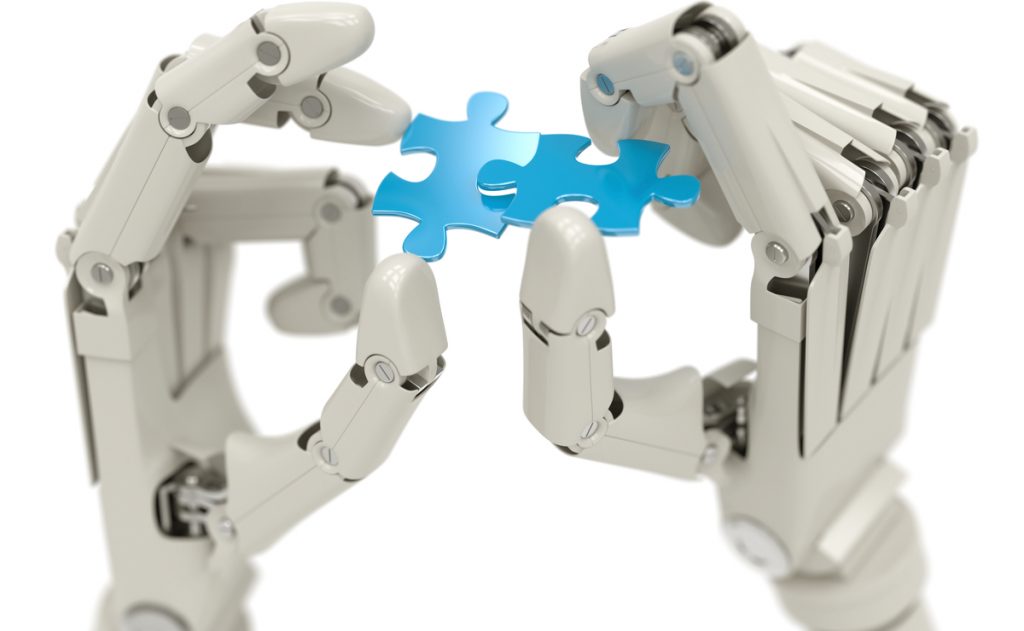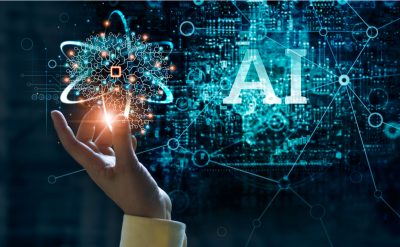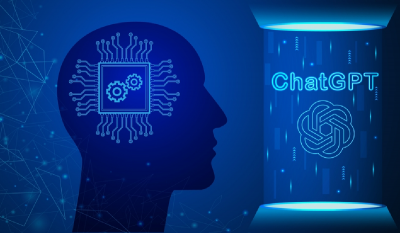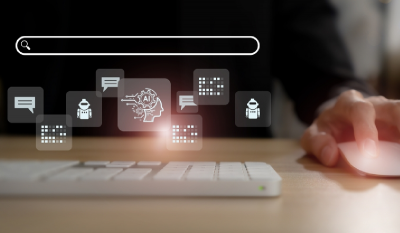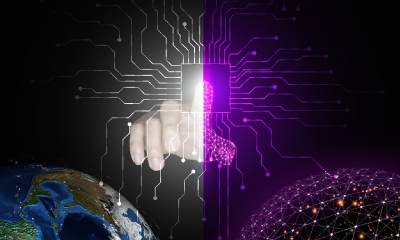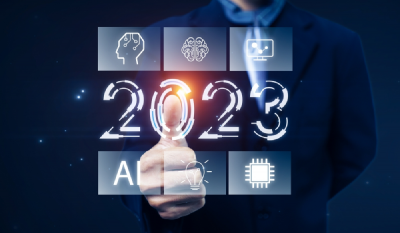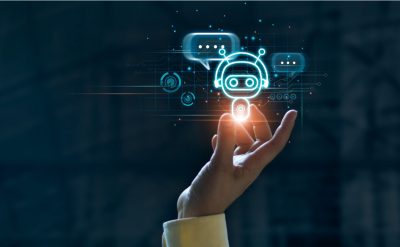It’s hard to ignore the news articles that paint a magnificent picture of the future by the innovative technology and the center of it is Artificial Intelligence (AI). The new predictions say that how AI technology will affect the complete scenario of tech development. Keeping the media hype to an optimum level we need to see the numbers and trends that can tell us about how the AI technology can affect the overall global economy. Currently, many of the people are using the AI technology in their home or smartphones; it mostly concentrated towards the voice assistant devices. When we compare the 10-k fillings that measure the mentions of Artificial Intelligence from 2011 to 2016, we see a rise from 50 to 475 mentions. Enterprises are investing heavily in AI technology to improve their products and service offerings but the biggest impact would in seen towards the social factors around the world. There has been a lot of debate about how to drive the AI technology sustainability towards the common good of the planet. In 2015, all 193 member countries of the United Nations ratified the 2030 sustainable development goals (SDG). It was a call for all the member nations to come together end poverty, protect the planet, and ensure peace and prosperity were the three major goals. The first target in the current scenario is eradicating poverty by 2030 for all the people everywhere, people living under the wage of $1.25 a day were termed in the category of poverty. The UN emphasized on Science, Technology, and Innovation (STI) will be imperative if we all want to achieve ambitious targets. The rapid advances over the past decade in technology can practically make many of the current problems closer to been eradicated.
Artificial Intelligence and Machine Learning are considered as transformative technologies that deliver the required resources requirements and assist in the changes required in the current economy. A recent study by the McKinsey Global Institute added that the AI could add close to 16 percent to global output by 2030 almost $13 trillion. Mckinsey calculates the annual increase in productivity growth of Artificial intelligence could be able to surpass the potential applications fundamentally transforming all the regions around the world. AI and ML are not transformative till date in the real-life applications we see, but we are increasingly able to observe various applications that will be next-generation solutions. The current scenarios that our humanity faces, the technology can eradicate those. A survey was conducted where we observed the different sustainable development goals and concluded that out of 17 at least 12 can be solved with AI and ML applications.
Below we explore three SDG scenarios that can effectively be solved by the AI applications
1. Financial
Access to basic financial services including different account types in banking to assist the user to receive, and make payments. A financial inclusion would mean that a person can obtain credit and insurance as the prerequisite to alleviating poverty. Close to two billion people in the world either have limited or no access to financial services, making them face a financial dependency on the other informal sectors. AI and ML are increasingly assisting the financial institutions to serve such people who have no financial touch point. For example, many of the current banks are utilizing different ML technology to rectify the creditworthiness of an individual; it will retrieve the complete data about the individual about his/ her occupation and financial status.
Many of the developing economies are deploying the AI technology in regional languages that can interact with the local people without any financial touch points and teach them about various facilities that will come with the inclusion in banks. It’s more like a virtual assistant that solves various banking problem. Machine learning algorithm will be able to analyze the demographic data and financial data providing insights about the financial support a region needs. AI and ML will keep the cost of such facilities down with automation in processing of various data and chatbots to solve the customer service issues we will be able to induct the finance management.
2. Healthcare Facilities
The current inequality between the rural and urban population in terms of healthcare services can be seen in developing countries. The rural or remote areas in the region suffer from a severe shortage of even basic medical equipment and facilities. Smartphones or portable health devices with biometric sensors will be able to bring the tools of diagnosis closer to the required patients. AI will be able to assist the doctors by solving the common health issues and providing the precautionary steps to be followed to be healthy. It was estimated by an AI model that a 24/7 facility can reduce the infant mortality rate by almost 10 percent for all the rural regions. Most of the rural community center lacks the required medical staff for providing basic care. An AI technology can assist in solving the healthcare issues with timely and accurate diagnoses combined with distributing the medical supplies required by the healthcare facility. Technology will be able to predict whether the regions will facing an epidemic after going through the string of symptoms in the patients.
3. Transportation
Most rural regions lack the required connectivity with urban regions making several job opportunities beyond the reach. The area where most of the enterprises are investing in AI applications is towards the transportation industry. The unpreceded level of urbanization will present major challenges for modern cities. According to the UN, 2.5 billion people will move to the cities by 2050, 93 percent of them belong to low and middle-income countries creating staggering logistical challenges. Public transportation rather than private vehicles will be the heart of the AI technology solution. Major Cities like Hong Kong and Singapore analyze millions of data per day and allocate the best transportation solutions and schedules.
Conclusion
Artificial Intelligence and Machine Learning can have a profound impact on the lives of millions of people. It signifies the ability of the human begins to create autonomous devices that can make own decisions and solve social problems monitoring all the potential solutions, finding relations that couldn’t have been possible earlier.
To know more about Artificial Intelligence, you can download our whitepapers.




